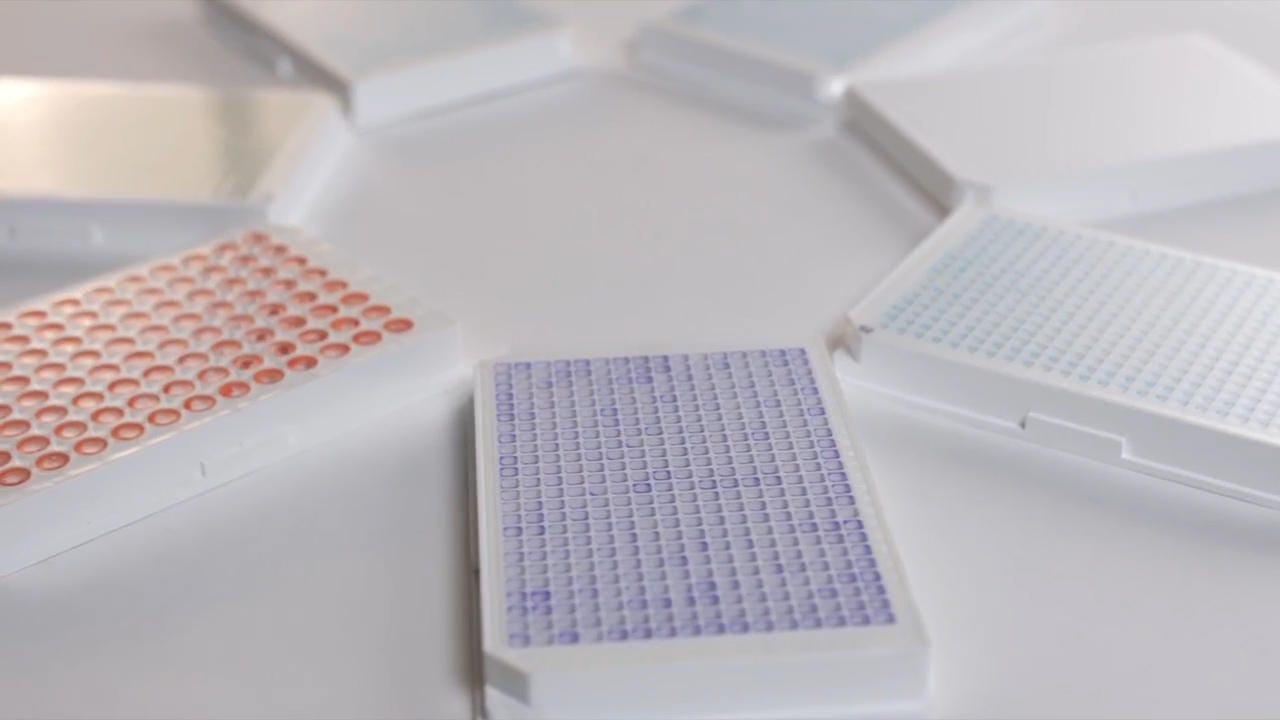Can you digitally measure a smell or taste?


Aromyx, a company that makes sensors that smell and taste, recently closed a $3 million seed round. We wrote about the company in 2017, when it was partnering to help robots sniff out their environment.
It has been impossible until recently to accurately and repeatably measure the way something smells or tastes. That's surprising since the way foods smell and taste is central to their appeal and marketability. Given that food production is one of our planet's dominant industries, you'd think Nestle or Monsanto would be all over this.
It's not just food. Many consumable goods have carefully cultivated flavor or smell profiles that are as integral to a brand's identity as Nike's swoosh. Ingredients in foods and consumer fragrances can be broken down with analytical chemistry, of course, but that doesn't say much about the lived experience of smelling or tasting something. More commonly, brands use sensory tasting panels during product development to get a sense of how consumers, well ... sense. But feedback in panels is hit and miss, and objective, comparable data has remained elusive.
Humans have 402 olfactory receptors that allow you to smell more than a trillion different odorant combinations in the world. Aromyx figured out a solution that uses biological receptors in engineered biosensors to create digital representations of smell sensory data. It's a feat of chemistry, biology, and electrical engineering.
It's also a company, the foundation of a smart use case. In business terms, Aromyx advertises its sensors to brands that want to objectively connect human perception of taste and smell to their products. So far, Aromyx sensors have been used by customers to differentiate between fresh and spoiled lemon juice, to track changes in fermentation during the production of biologic drugs, to test for malodor differences in recycled versus non-recycled plastics, and to differentiate fruit hybrid strains based on flavor profile, to name a few use cases.
There are other, sneakier use cases, as well. Scent has been found to influence emotional behavior. Imagine a casino pumping in an engineered smell known to loosen inhibitions. Getting there would require careful olfactory R&D, which would require measurable data.
All of these applications have made Aromyx smell great to the market. The company won the Radicle Challenge at the World Agri-Tech 2019 Pitch Day in San Francisco. The recent $3 million investment will allow Aromyx to grow its team and focus on developing its disposable smell sensors.